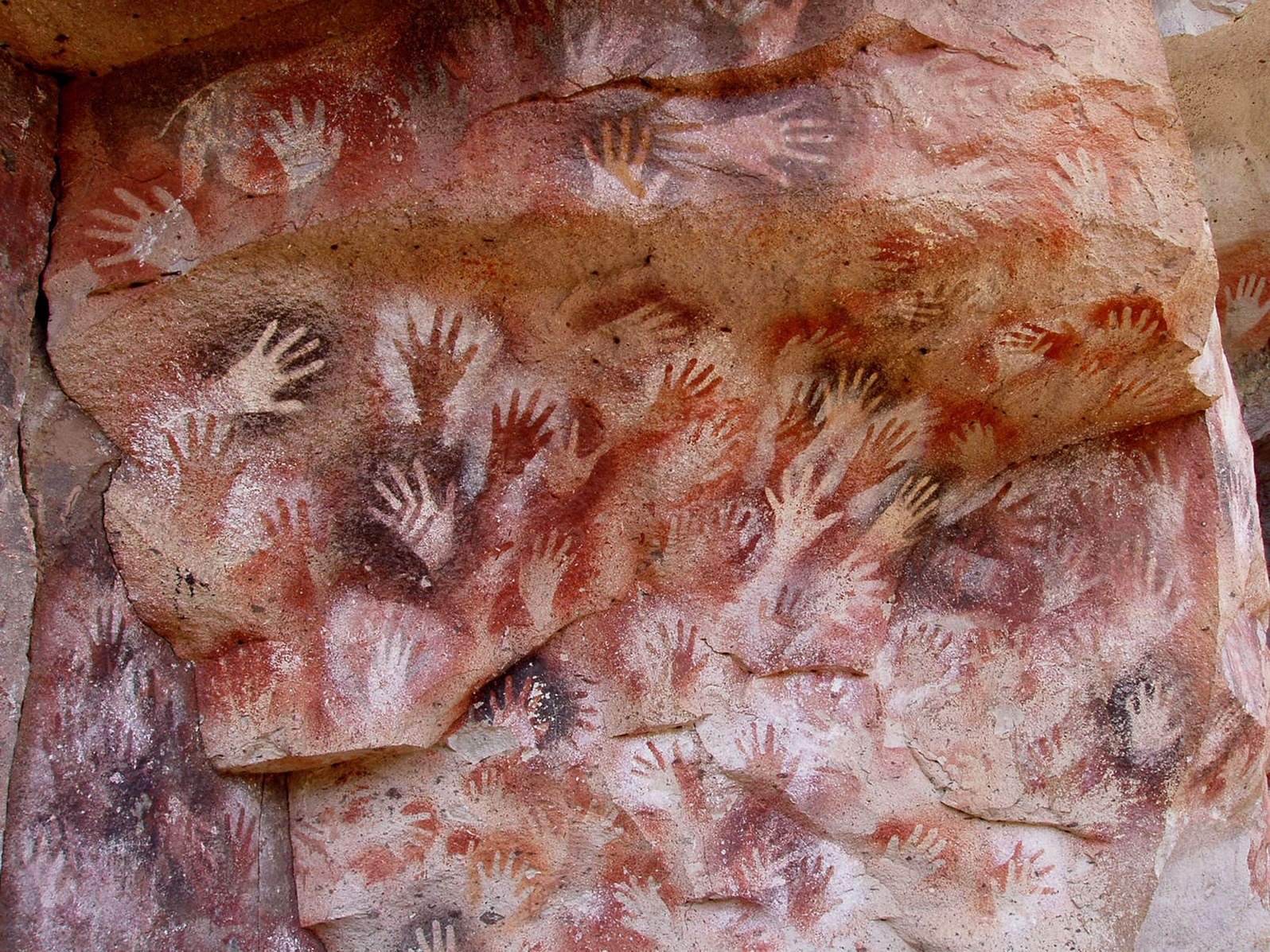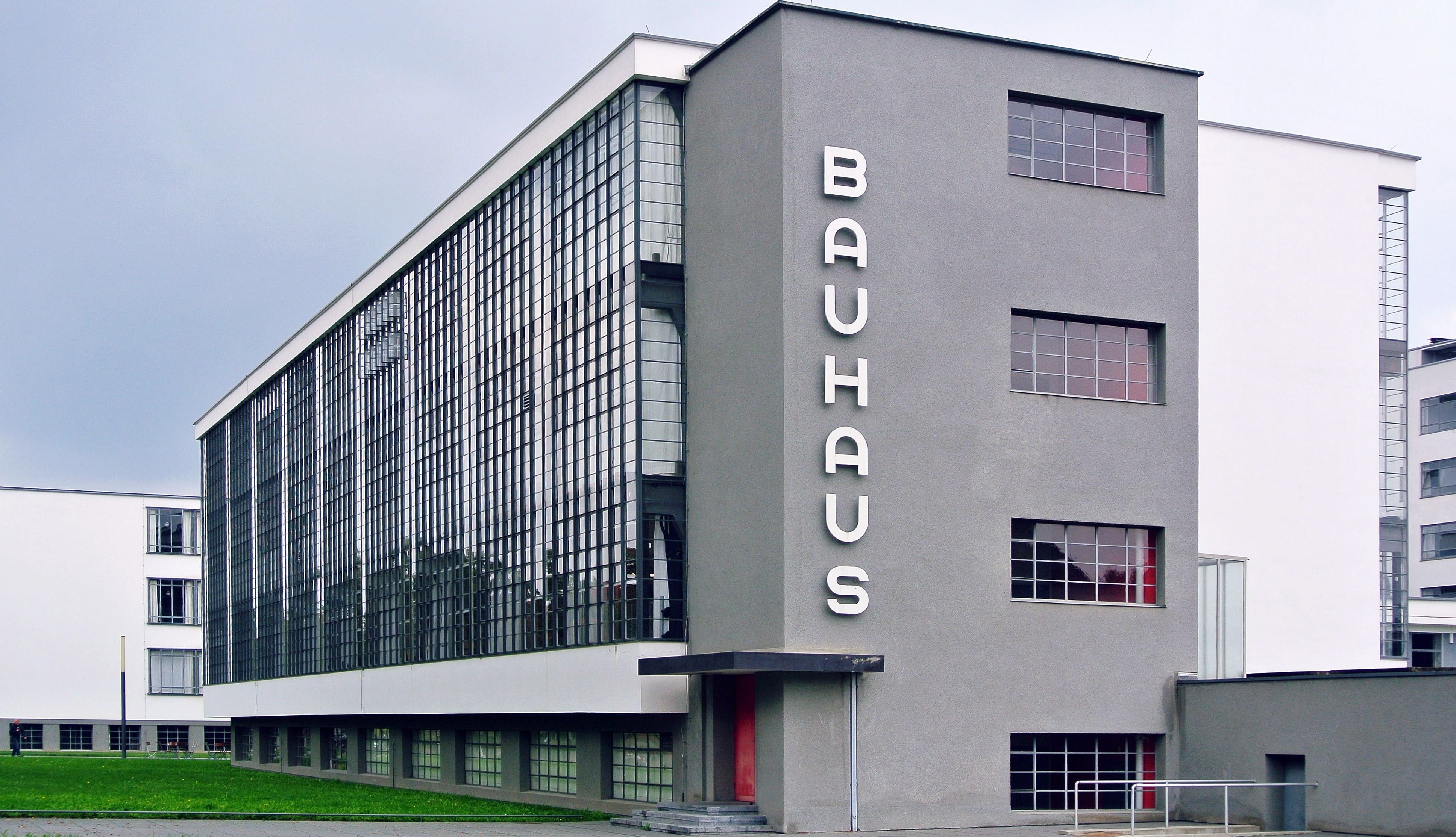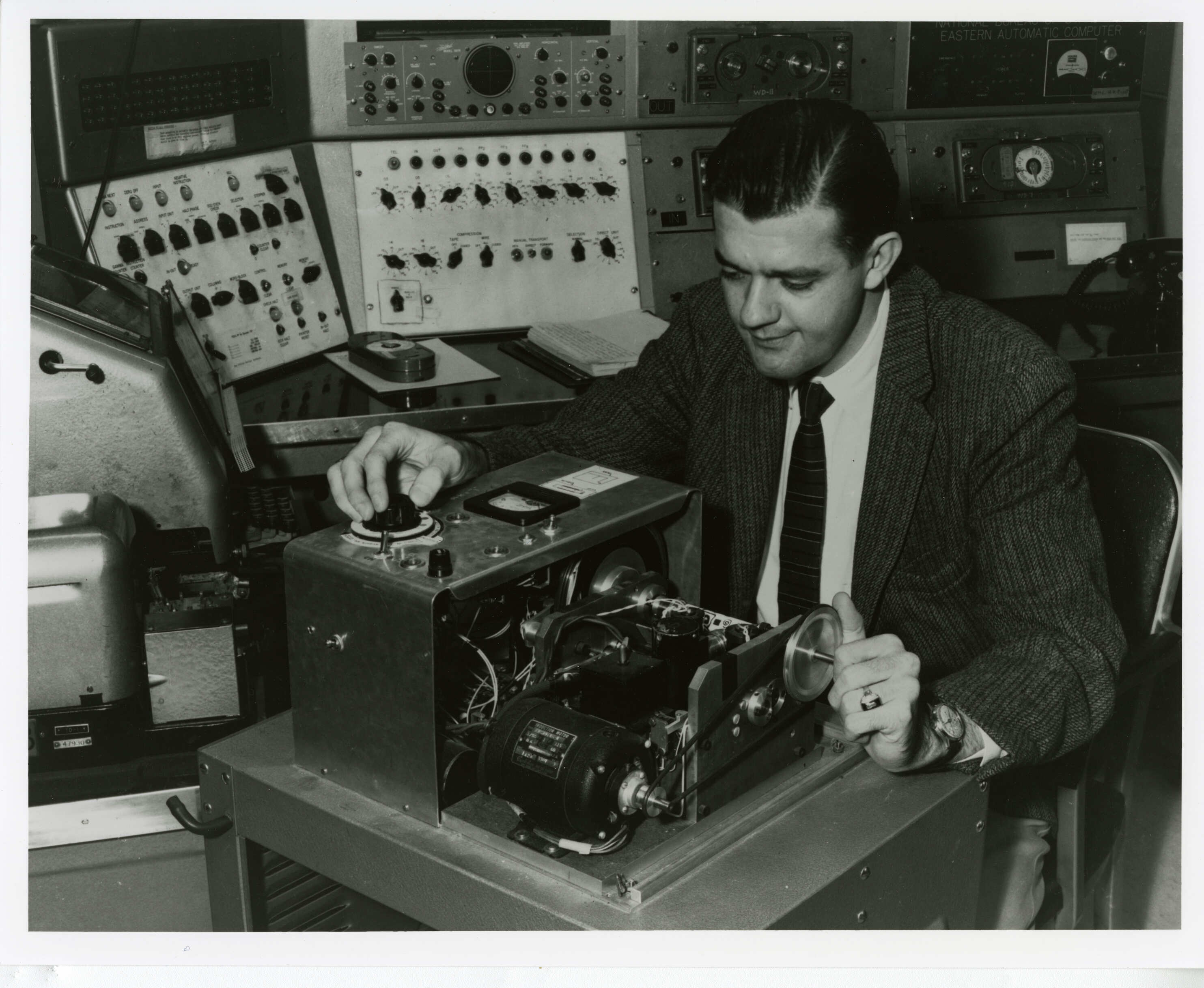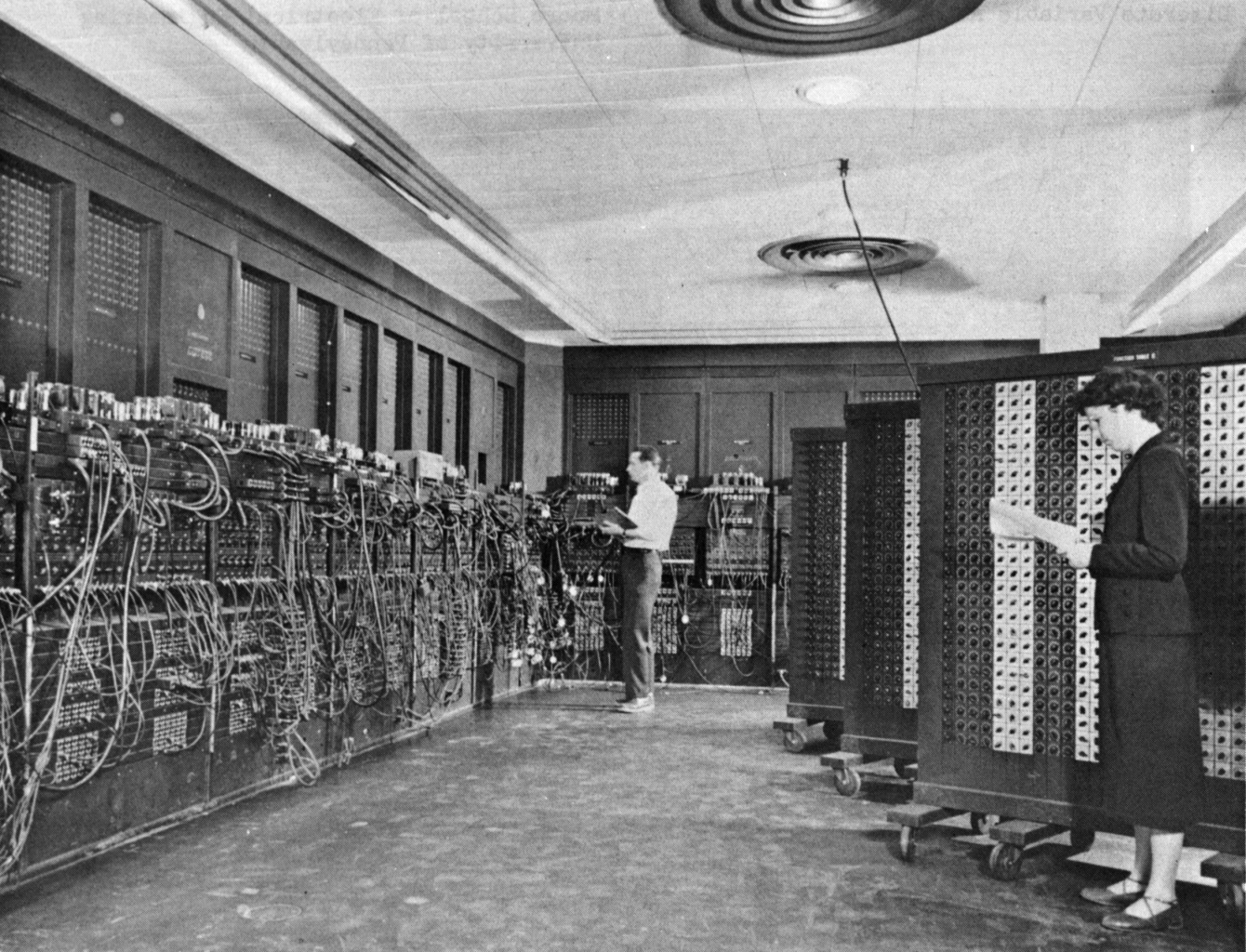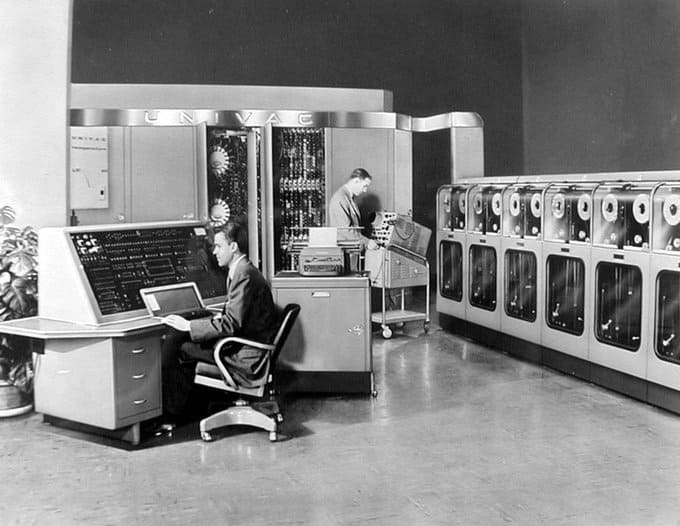THE HISTORY OF 3D RENDERING: The Digital Age. Part 4
3D MODELLING IN THE 1980s
1980s gave start to series of computer novelties both in hardware and software.
Hardware
Time Magazine’s Machine Of The Year 1983
It was the IBM Personal Computer – the first one to be available to any user because of its low price (starting $1,565) and compatibility. The success of the IBM PC made it the favourite of the year according to Time magazine.
That was a prequel to the 3rd Industrial Revolution, which is called now the Digital Revolution.
SGI Workstations
Progress in computing inevitably caused boosting in computer graphics technology. But as the first PCs lack power, reinforced workstations were needed to work effectively with 3D models.
Those were produced by Silicon Graphics, Inc., a company, founded by Jim Clark and Abbey Silverstone in 1981. In 1983 the SGI IRIS (Integral Rasting Imaging System) series of terminals and workstations started, with the first model IRIS 1000. The SGI wokstations had great productivity but were extremely expensive. Nevertheless, being fast with 3D modelling, they were in great demand in 3D CG related spheres, such as architecture and cinematography. The main 3D Hollywood studious such as ILM and Digital Domain were equipped with those machines.
Software
Binary Space Partitioning (BSP)
BSP and BSP trees were the next breakthrough in CG software.
BSP algorithm and its final result BSP tree provide information about objects and space in a scene in virtual environment. The essence of BSP method is subdivision of space by hyperplanes and BSP tree is a tree data structure that represents an object within the space after subdivision. Its main task is true rendering of edges, from back to front, generating hierarchical polygonal data structure.
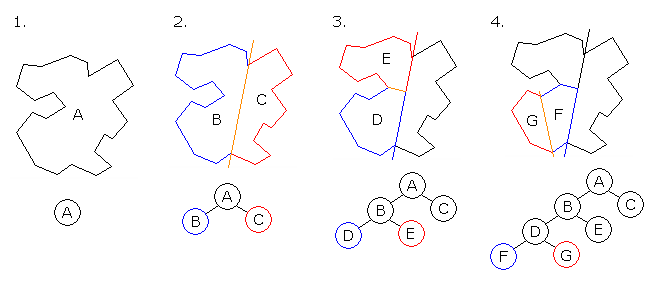
The basics for the BSP algorithm were established by Schumaher et all back in 1969. In 1980s Henry Fuchs, Zvi Kedem and Bruce F. Naylor at the University of Texas gave new extention to the method, developing BSP tree algorithm. The expansion of the algorithm in the following years enabled the method to provide solid representation of arbitrary polyhedra in contrast with boundary representation.
Other Applications of BSP Tree
BSP tree spawned such algorithms as ray-tracing, collision detection in 3D video games, contractive solid geometry in CAD, Z-sorting and others, related to complex spatial scenes.
Impressive Implementatins
Tron
This science-fiction Walt Disney studio movie is one of the pioneers of Computer-Generated Imaging (CGI) and Computer-Generated Special Effects.
The impressive CG animation was created mostly by two companies, Mathematical Application Group, Inc. (MAGi) and Information International, Inc. (Triple-1). The other companies, hired by the studio, were Robert Abel and Associates and Digital Effects. MAGi was responsible for the majority of CG imagery in the first part of the movie, and Triple-1 – in the second.
SynthaVision, MAGi’s main computer program product, was firstly intended for research in physics, but later was adapted for 3D rendering . The program used the method of ray-tracing, i.e. tracing of a reverse course of rays from elements of a surface, and a method of constructive solid geometry, where models were created as a combination of simple primitives from the program library. There were 25 geometrical shapes such as pyramids, spheres, cylinders and others. Triple-1 used the polygonal method of modelling with triangles and squares as primitives.
It was MAGi that created the world’s first CG commercial, an advertisement for IBM, the famous flying 3D letters.
As for Triple-1, in the 1970s the company trailblazed computer animation for such American movies as Westworld, Futureworld, Looker and some others.
Westworld and its sequel Futureworld were among the first movies where digital image processing was used. CGI in Futureworld used digitized Edwin Catmull’s Animated Hand as an origin for animation of a hand in a movie.
More then 20 minutes of CG animation for a Tron movie was a pretty challenging task in 1982. It required lots of specialists and cost $1,2 million. SynthaVision visualized most of the action scenes, as the program could model movements and fluid motion. This includes Light Cycle animation (Light Cycle is a vehicle like a motocycle), and tanks. Triple-1 created the Master Control Program (MCP) and Commander Sark’s carrier (MCP and Sark are the Tron’s antagonist characters).

Ironically, Tron was not nominated for the Best Visual Effects at the 55th Academy Awards, but later it became a cult film and spawned numerous video games and comic books.
Among other early feature films with CGI are Star Wars (1977), Golgo 13: The Pofessional (1983), The Last Starfighter (1984), Young Sherlock Holmes (1985) and Flight of the Navigator (1986).
The Names
Henry Fuchs (born 20 January 1948 in Tokaj, Hungary) is a computer scientist with interests in computer graphics, mostly 3D rendering algorithms and application in medicine. He completed his PhD at the University of Utah in 1975. Together with Zvi Kedem and Bruce F. Naylor at the University of Texas Fuchs developed the BSP tree algorithm, which boosted 3D Rendering to a new level.
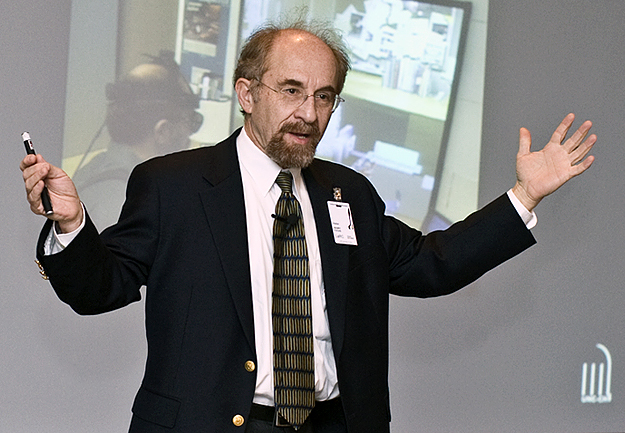
Henry Fuchs is a member of the National Academy of Engineering and a fellow of the American Academy of Arts and Sciences and the Association of Computing Machinery. He is an honorary laureate of awards for Outstanding Creative Contributions to Computer Graphics.

